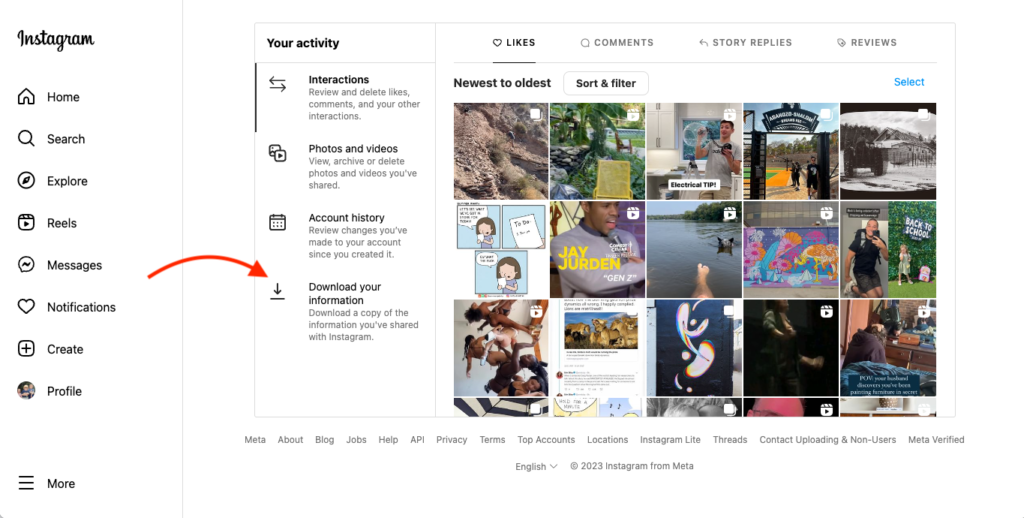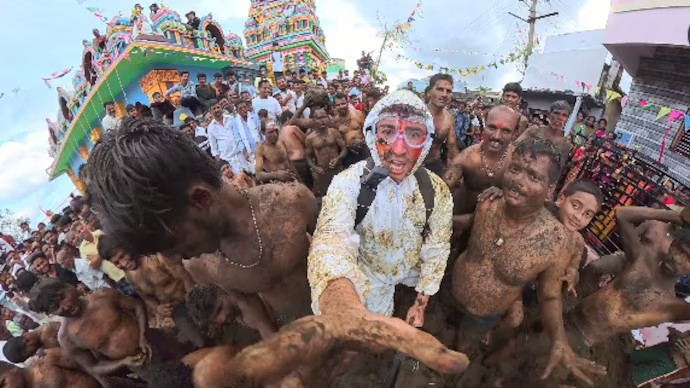Now Reading: The Tank Top Effect: How One Outfit Sparked a Debate on Social Media Algorithms
-
01
The Tank Top Effect: How One Outfit Sparked a Debate on Social Media Algorithms
The Tank Top Effect: How One Outfit Sparked a Debate on Social Media Algorithms

A recent experiment by content creator Zara Dar has drawn wide attention online, highlighting what many are calling the “Tank Top Effect.” The debate began after Zara noticed a sudden spike in her engagement whenever she appeared in a simple tank top compared to other outfits. The observation has now sparked conversations about whether social media algorithms are biased toward certain appearances and clothing styles.
The idea behind the Tank Top Effect is not just about fashion but about how digital platforms promote certain types of visuals. Zara’s content showed that when she wore casual tank tops, her reach and interactions often doubled. When she switched to traditional or less body-revealing clothing, engagement dropped noticeably. This raised questions among creators about whether algorithms reward content that aligns with popular beauty or style trends.
For many young influencers in Tier 2 cities, where content creation is becoming a growing career option, the experiment feels relatable. They often notice shifts in engagement based on appearance, attire, or even the lighting in their videos. The Tank Top Effect has become a talking point for how creators feel pressured to dress in ways that may attract more likes and views, even if it does not match their personal comfort or cultural setting.
On the other hand, some argue that it may not be the algorithm alone but also the preferences of audiences consuming the content. Viewers may respond more to relaxed, casual styles because they feel more relatable or appealing, which naturally drives engagement. Others point out that algorithms are designed to amplify what gets more interactions, meaning audience behavior directly influences what trends online.
In India, where digital creators from smaller towns are rapidly rising, the Tank Top Effect discussion adds another layer to the understanding of social media pressures. It shows how creators constantly balance authenticity with the chase for visibility. While the algorithm remains a mystery, what is clear is that appearance, style, and presentation play a bigger role in digital success than many users might realize.
The debate around Zara Dar’s experiment is less about clothing and more about the power of algorithms in shaping online culture. For creators, especially in smaller cities where competition is rising, it is a reminder that success often depends not only on talent and ideas but also on how the digital system chooses to amplify them.

























